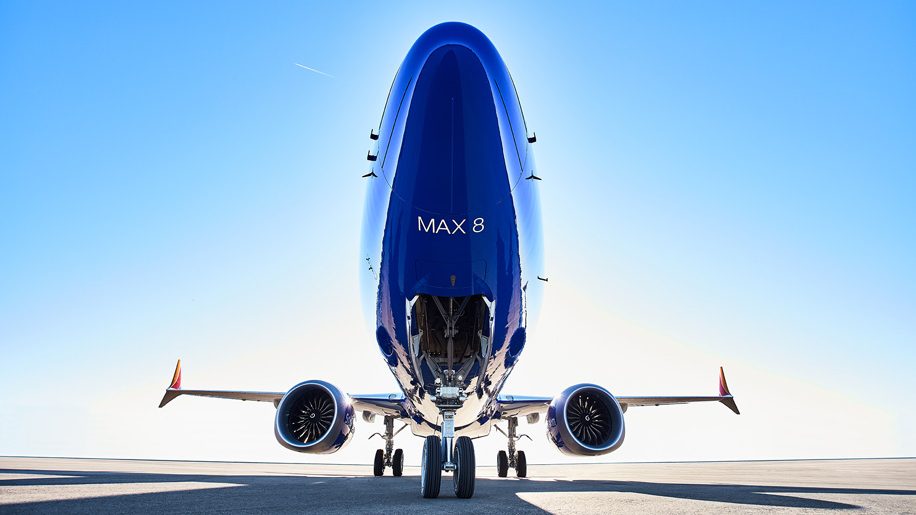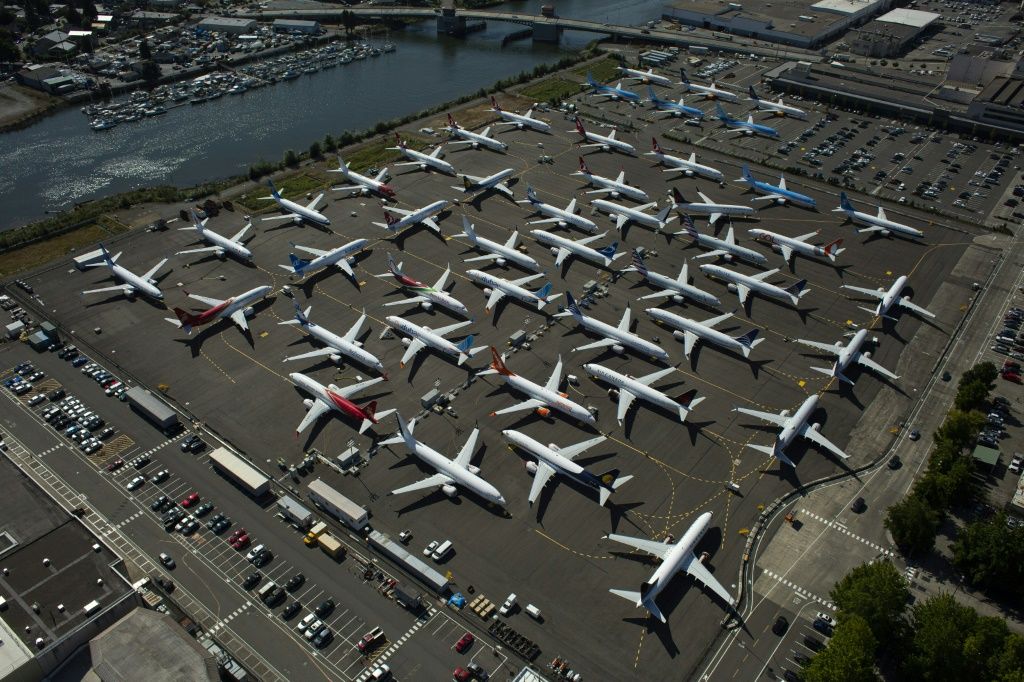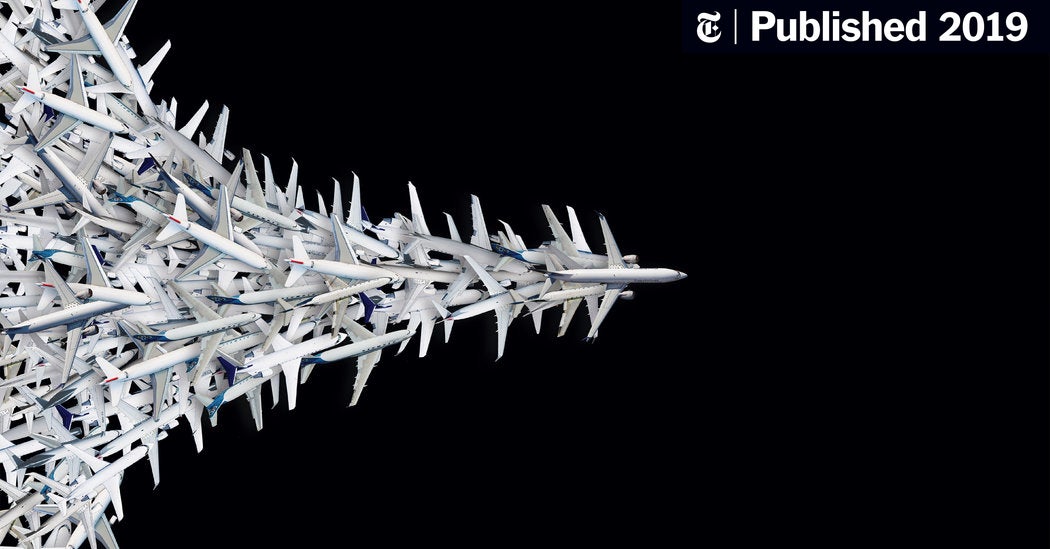So giving the pilot FULL control of the aircraft wouldn't have saved them in either case?
In an aircraft with FBW, in normal law, when you move the control stick you are asking for a result. You move it left, you want the aircraft to roll left at a certain rate. You don’t actually care what control surface is moved, or by how much. At various times, ailerons, spoilers, and rudder can be involved to give that result. That’s all left to the FBW computers This law also comes with various protections. In particular it has stall protection, that will allow you to pull full aft stick, with the aircraft limiting itself to the point of maximum angle of attack. So, not only are you protected from inadvertent stall, but it also allows you to extract the maximum aerodynamic performance if you happen to need it (i.e. in a wind shear or terrain encounter).
In direct law, the control column no longer asks for a set result, but simply proportionally applies the control surfaces...exactly as non FBW aircraft have always done. You have full control, but that also means that there are no longer any protections. AF447 was in a subset of this mode.
But, the 737 is not an FBW aircraft. In it motion of the controls relates directly to motion of the control surfaces. Always. So, it doesn’t have ‘laws’, and is actually in the mode that FBW aircraft revert to after failures.
The problem is that Boeing superimposed another system on top of the normal 737 flight controls, and then didn’t tell anyone about it. Yes, MCAS runaway superficially looks like a runaway trim, and yes, the procedure to deal with it is the same, once you get to the checklist. But, in Boeings, for time immemorial, the procedure to control runaway trim has started with you applying control pressure in the opposite direction to the runaway. That’s a natural reaction, and there were switches hidden in the control column that sensed this opposition, and which stopped the trim. That meant that by the time you actually went to the checklist, and then shut off the trim power, it would not have been able to move far from its desired position. But, Boeing deactivated these switches for MCAS activation, and again didn’t tell anyone. In so doing they effectively used up the time that pilots would have had get on top of the issue.
The upshot is that by the time the trim power is cut off, there’s a good chance that the MCAS has had the chance to wind in all, or nearly all, of the nose down trim. That is a very large amount of nose down force, and is way beyond the amount of nose up force that can be applied via the elevators. The only way to trim at that point is via the trim wheel, which we’re told is slow, and on which the loadings are potentially so high that it can’t actually be moved. Every other major aircraft has backup ELECTRIC trim. So we’re back to grandfathering.

















